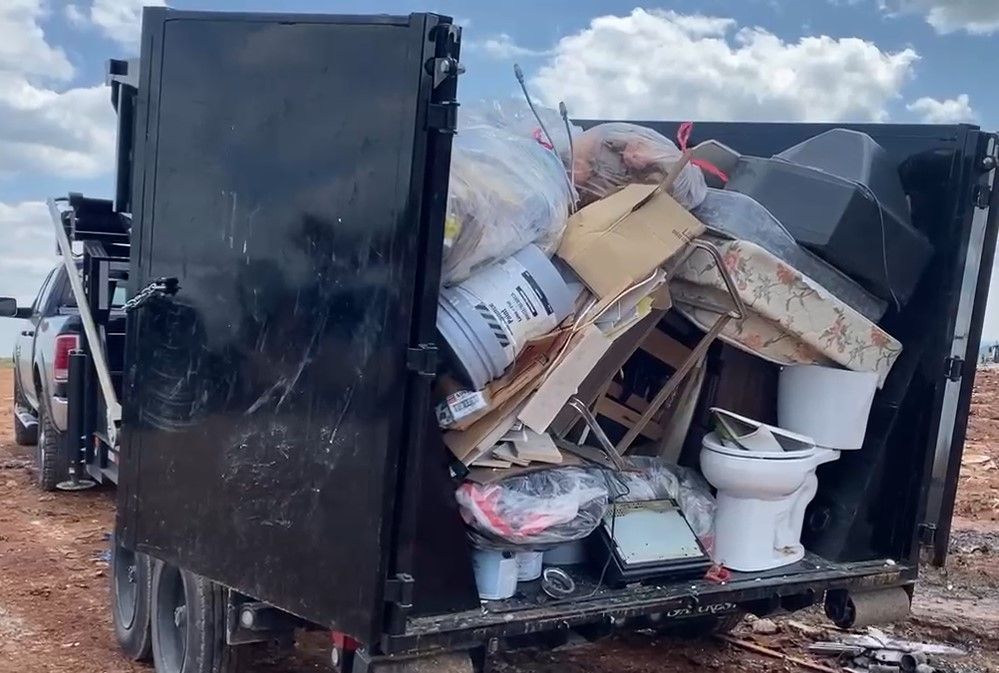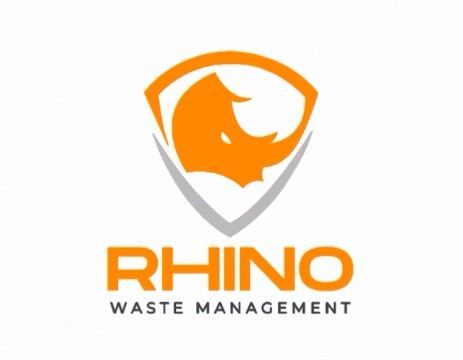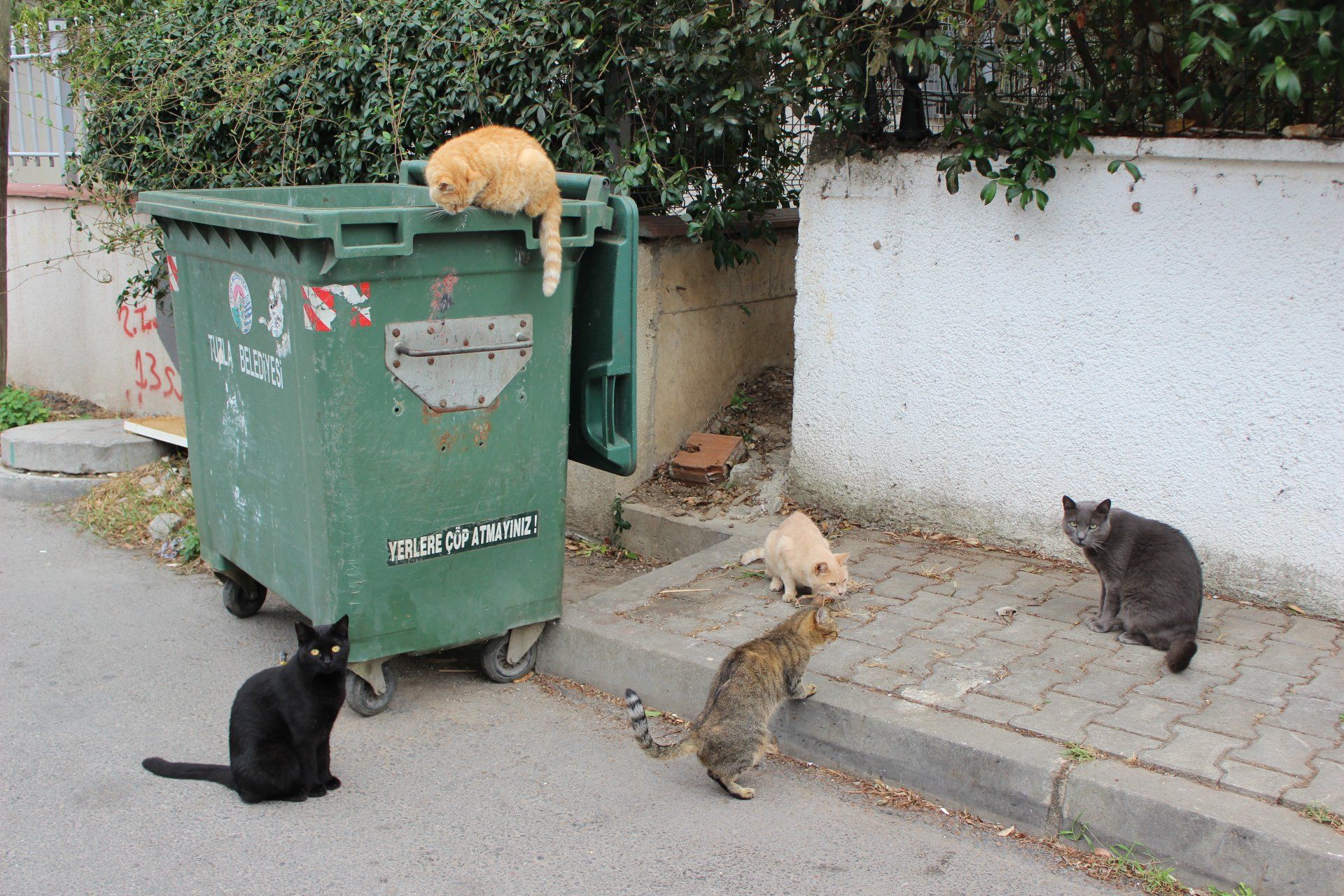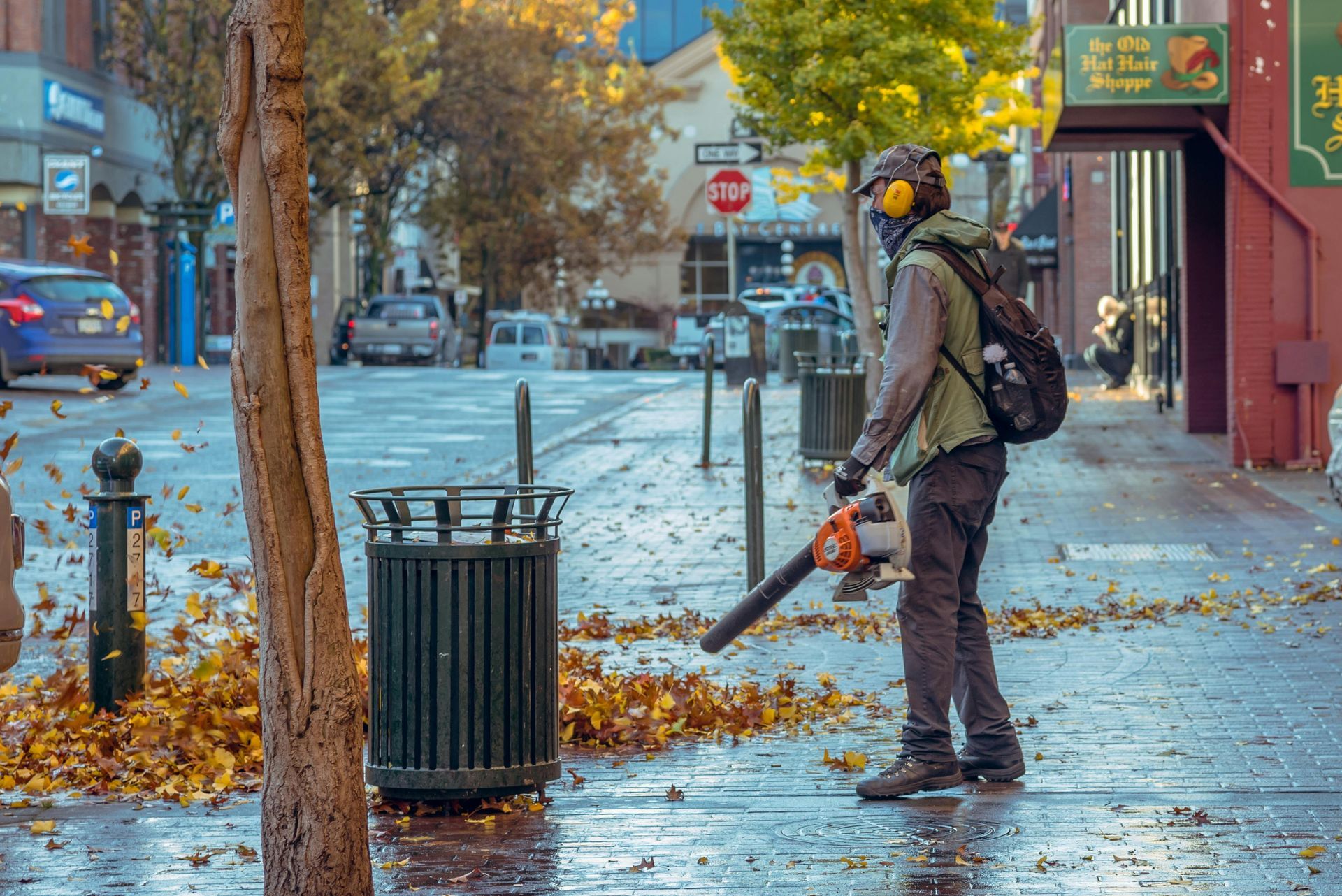Spring Cleaning: Reduce Clutter by Renting a Dumpster
As the warmth of spring approaches, many of us feel the urge to refresh and rejuvenate our living spaces. Spring cleaning provides the perfect opportunity to declutter, organize, and breathe new life into our homes. However, tackling clutter can be a daunting task, especially when faced with piles of belongings accumulated over time. Fortunately, renting a dumpster can be a game-changer in your quest for a clutter-free home. Let's explore how spring cleaning can be made easier and more efficient by renting a dumpster.
Streamline the Decluttering Process
One of the biggest obstacles to effective spring cleaning is figuring out what to do with unwanted items. Whether it's old furniture, broken appliances, or boxes of forgotten belongings, deciding what to keep, donate, or discard can be overwhelming. Renting a dumpster provides a simple solution to this dilemma. With a dumpster on-site, you can efficiently dispose of clutter as you go, eliminating the need to make multiple trips to the landfill or donation center.
Create Space for Renewal
Clutter not only occupies physical space but also weighs us down mentally and emotionally. By clearing out excess belongings, you create room for new possibilities and experiences. Renting a dumpster allows you to liberate your living space from the burden of clutter, paving the way for a fresh start and renewed energy. Whether you're decluttering your garage, basement, or entire home, a dumpster provides a convenient and efficient means of reclaiming your space.
Tackle Projects Big and Small
Spring cleaning isn't just about tidying up—it's also an opportunity to tackle larger home improvement projects. Whether you're remodeling your kitchen, landscaping your yard, or renovating your bathroom, renting a dumpster can help you manage the resulting debris and waste. From construction materials to yard waste, a dumpster provides a centralized location for disposing of all types of clutter, making it easier to keep your project on track and your property clean and organized.
Promote Sustainability
In addition to decluttering your home, renting a dumpster can also support environmentally friendly practices. Rather than throwing unwanted items into the trash, consider recycling materials whenever possible. Many dumpster rental companies offer recycling services to help minimize waste and reduce the environmental impact of your spring cleaning efforts. By choosing to rent a dumpster, you can declutter responsibly and contribute to a healthier planet.
Spring cleaning is an opportunity to refresh, renew, and rejuvenate our living spaces. By renting a dumpster, you can streamline the decluttering process, create space for renewal, tackle projects big and small, and promote sustainability. Whether you're clearing out a single room or embarking on a full-scale home makeover, a dumpster provides the convenience and efficiency you need to achieve your spring cleaning goals. So, this spring, why not take the hassle out of decluttering and rent a dumpster to help you on your journey to a clutter-free home?
You might also like
Bin Buzz

Book a Service Today
We will get back to you as soon as possible
Please try again later
Quick & Reliable
All Rights Reserved | Springfield Dumpster


